“Hot chamber die casting machine involves an attaching mechanism/furnace for material melting. It is known for delivering high-quality parts with intricate details.”
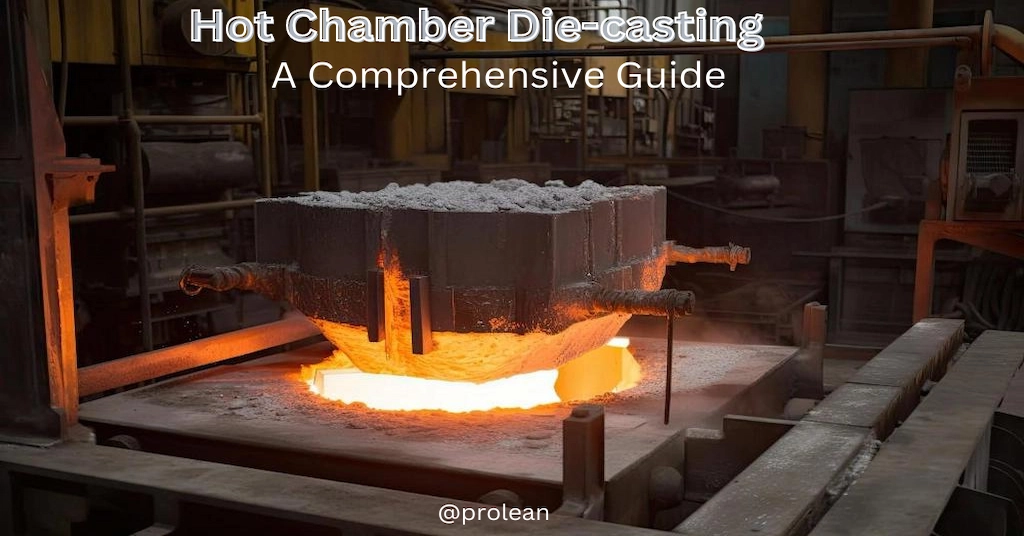
Do you know the die-casting setting might or might not involve the metal melting mechanism? It involves an attachable furnace while casting the low melting point materials. On the other hand, the casting of high melting points requires a separate heating system. Here, both the setup/ approach have standard terms: Cold chamber and Hot Chamber Die Casting.
This article will focus on the cold chamber method. We will discuss its process, advantages, applications, etc.
Hot Chamber Die Casting Explained
This casting method is known for its efficiency and capability to produce high-quality parts with exceptional precision. In this method, the molten metal remains within a heated chamber that’s part of the casting machine. Furthermore, it is directly connected to the die cavity. Then, an immersed piston forces the metal into the die under pressure. This process is more suitable for metals with low melting points, such as zinc, magnesium, and some low-melting aluminum alloys.
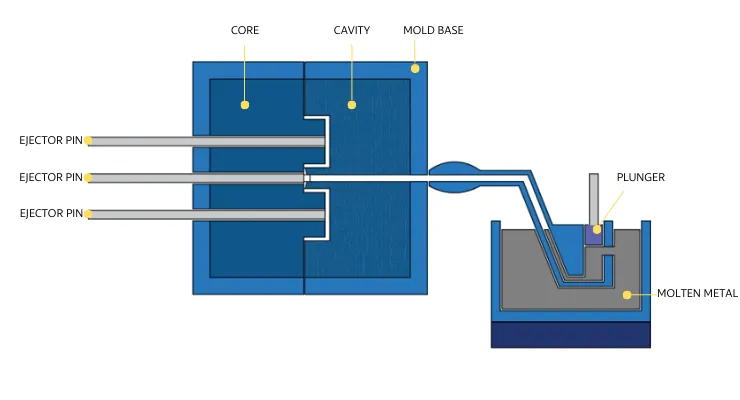
Hot chamber die-casting
The process allows for faster cycle times as the metal does not need to be transferred from a separate furnace, reducing the risk of contamination and oxidation. Moreover, it is a preferred choice for manufacturing small to medium-sized components that require detailed features and thin walls.
Furthermore, it provides a cost-effective solution for high-volume production runs. The process can produce metal parts with complex geometries with enhanced material properties. The hot chamber casting found applications across diverse applications, including automotive components, consumer electronics, and household goods.
Related: What is Die Casting? Die Casting Process and Overview
Try Prolean Now!
The Hot Chamber Die Casting Machine
Since the hot chamber process integrates the molten metal reservoir with the casting machine, the hot chamber die casting machine serves the purpose accordingly. Subsequently, its distinctive feature, the “gooseneck mechanism” injects the molten metal into the die from an integrated furnace for a quicker and more efficient casting process. This machine produces small to medium-sized parts with intricate details and exceptional surface finishes.
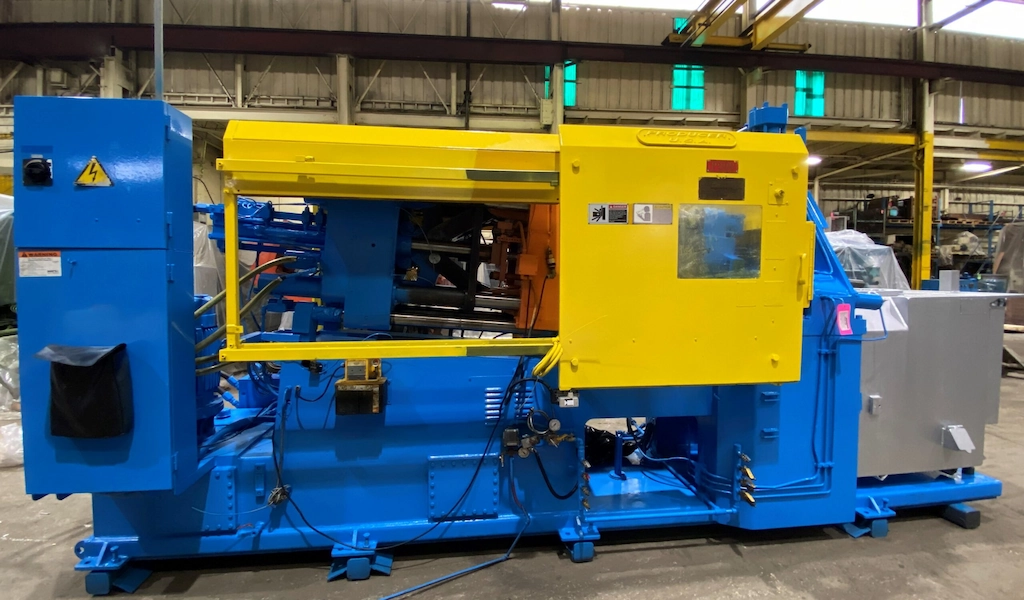
The Hot Chamber Die Casting Machine
Here are the components of a hot chamber die-casting machine;
1. Heating Furnace
The built-in furnace is the powerhouse of the hot chamber die-casting machine. It’s where raw materials transform molten metal, ready for casting. Next, the furnace’s proximity to the die is strategic and minimizes the distance the molten metal must travel.As a result, it lowers the risk of premature cooling. Moreover, its combustion chamber is adept at reaching and maintaining the high temperatures necessary to melt the alloys.
2. Gooseneck Mechanism
The gooseneck serves as the conduit between the molten metal and the die, embodying the machine’s namesake. Submerged in the molten pool, it withstands extreme temperatures. The materials for this mechanism are quality cast or forged steel. The gooseneck’s design ensures the control flow of metal to the die. So, it maintains the integrity of the casting process.
3. Nozzle
It functions as the gateway for molten metal. The nozzle directs the flow from the gooseneck into the die. It controls the metal’s entry, ensuring it is smooth and precise. Additionally, the nozzle facilitates the return of excess material to the furnace, exemplifying the system’s efficiency and the emphasis on minimizing waste.
4. Hydraulic Plunger/Piston
The hydraulic plunger or piston propels the molten metal into the die cavity under pressure. Powered by an oil or gas hydraulic cylinder, its movement is controlled. So, it allows for precise filling of the die, which is crucial for the casting’s dimensional accuracy and structural integrity.
5. Hot Chamber Casting Die
The die itself, comprising the cover die (fixed) and ejector die (movable), forms the shape of the final part. The hot chamber casting die includes cavities and ejector pins designed for the specific part geometry. Furthermore, the die’s role extends beyond shaping; it also influences the cooling rate of the metal, affecting the part’s properties.
6. Cooling System and Ejector Pins
The cooling system is integral to the Hot Chamber Die Casting Machine and rapidly solidifies the molten metal. Moreover, it transits it into a solid part within the die. Concurrently, ejector pins facilitate the seamless removal of the cast part from the die.
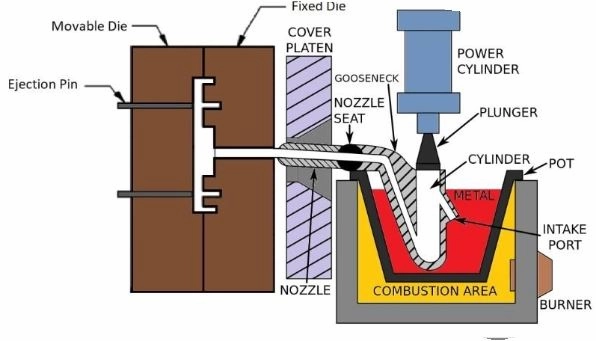
How Does the Hot Chamber Die Casting Process Work?
Hot chamber die casting is a dynamic process that efficiently casts high-quality metal parts. This process stands out for its ability to produce durable, complex parts with high levels of detail and consistency.
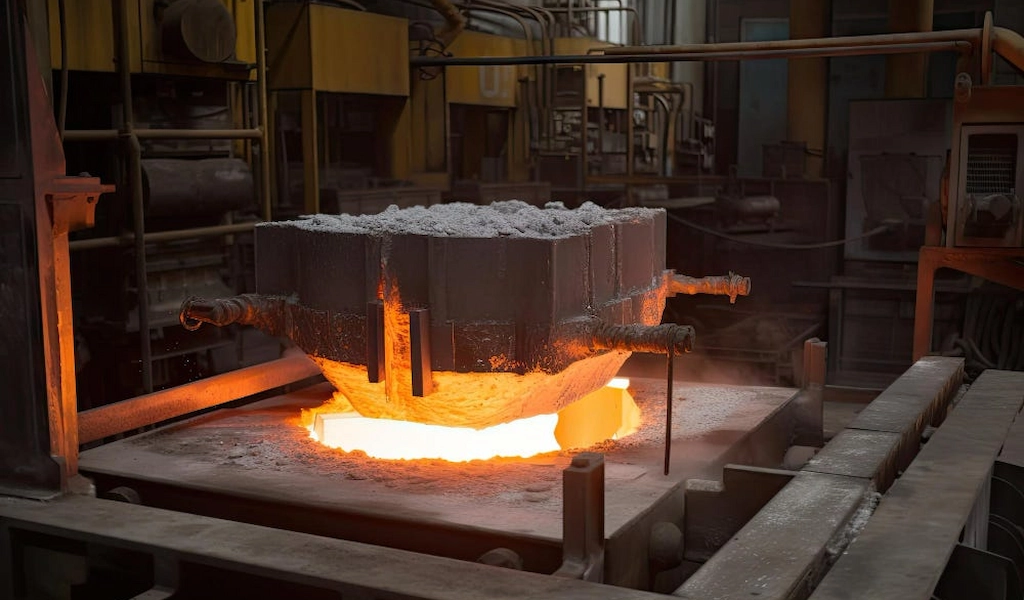
Hot-chamber die-casting
Here is the step-wise elaboration on how hot chamber die casting works.
Step 1: Heat the Metal
The process is initiated by heating the metal within the machine’s furnace. This step ensures the metal melts and reaches the appropriate temperature for casting. Achieving the right temperature is crucial for the metal’s flowability, allowing it to fill the die cavity effectively.
Once the metal is molten, it’s ready for injection. This preparation phase is essential, as it directly influences the quality and integrity of the final product.
Step 2: Seal the Die
Before injection, the die halves are meticulously closed and secured. This action is fundamental for shaping the final part. The precision with which the die is closed affects the detailing and accuracy of the cast component.
After sealing, the system prepares for the injection of molten metal. This stage is critical to the casting’s success. Furthermore, the tight seal prevents any leakage, maintaining the integrity of the casting process.
Step 3: Inject the Molten Metal
A piston propels the molten metal into the die cavity. Here, accurate filling of the mold cavity is crucial. This step is vital for capturing the detailed features of the die in the final product.
As the metal fills the cavity, it must do so evenly.
Step 4: Cool and Solidify
After filling the mold, the metal begins to cool. This cooling phase solidifies the metal, transforming it into its final form. Proper cooling is essential for the metal to achieve the desired properties and dimensions.
The careful monitoring of the solidification process ensures the part maintains its shape and structural integrity. As the metal cools, it shrinks slightly, a factor considered in the die design to ensure the final part meets all specifications.
Step 5: Open the Die
With the metal solidified, the die halves opening reveals the cast part, now a solid metal component. Opening the die requires precision to ensure the part is not damaged.
The unveiling of the newly formed part marks a significant step in the casting process. It is the first opportunity to inspect the quality and accuracy of the casting, ensuring it matches the desired outcome.
Step 6: Eject the Casting Part
The final step involves ejecting the casting from the die. Mechanical means are common to ensure a smooth release, preventing possible damage to the part. This ejection process is crucial for maintaining the high quality of the casting. Once ejected, the part undergoes further inspection and any necessary finishing touches.
Hot Chamber Die Casting Materials
The choice of metal significantly impacts the casting’s final characteristics, including its strength, durability, and application in various industries.
Here are the typical hot chamber casting materials;
1. Zinc
It is the premier choice for hot chamber die casting due to its excellent balance of physical and mechanical properties. Its low melting point (around 419.5°C) makes it highly compatible with the hot chamber process. Moreover, Zzinc’s high fluidity facilitates superior dimensional accuracy and the ability to form complex shapes with thin walls.
This metal also exhibits remarkable strength and hardness, enhancing the wear resistance of the finished parts. Additionally, zinc’s good electrical and thermal conductivity makes it ideal for electronic components, while its cost-effectiveness and recyclability further underscore its widespread use in die-casting applications.
2. Magnesium
Magnesium is another metal in hot chamber die casting known for its lightweight yet robust nature. Like zinc, magnesium possesses high electrical and thermal conductivity. So, it lends itself to various electronic applications. It can shield against radio frequency and electromagnetic interference, which is valuable in the telecommunications and computing sectors.
3. Lead Alloys
Lead and tin alloys are occasionally selected for hot chamber die casting for their low melting points and excellent castability. These alloys are crucial in applications where their specific properties, such as density, malleability, and corrosion resistance, are advantageous.
Click here to download: What are the Hot Chamber Die Casting Products?
Try Prolean Now!
Advantages of Hot Chamber Die Casting
- Rapid Production Cycle: The attached melting pot within the machine’s furnace accelerates liquid metal transfer into the cavity. So, this process significantly speeds up the production cycle.
- Minimal Waste and Defects: Direct transfer of molten metal reduces waste and the likelihood of defects like blisters and porosity.
- Extended Die Life: The use of low melting point alloys extends the lifespan of the dies and machine components.
- Cost-Effectiveness: The process’s high productivity and the reduced need for a standalone furnace lower overall operational costs.
- Precision and Quality: Capable of producing parts with tight tolerances and excellent surface finishes, decreasing the need for secondary finishing.
- Complex Shapes: Hot chamber die casting enables the creation of complex geometries with consistency across batches, offering design flexibility.
Disadvantages of Hot Chamber Die Casting
- Limited Material Compatibility: Restricted to alloys with low melting points, narrowing the choice of materials.
- Not Suitable for Low-Volume Production: The high initial costs of hot chamber casting dies make the process less economically viable for small-batch production runs.
- Initial Setup Cost: The significant investment required for die-casting equipment can be a barrier to entry.
- Material Restrictions: The hot chamber die casting process cannot accommodate high melting point alloys, limiting application scope.
What are the Applications of Hot Chamber Die Casting?
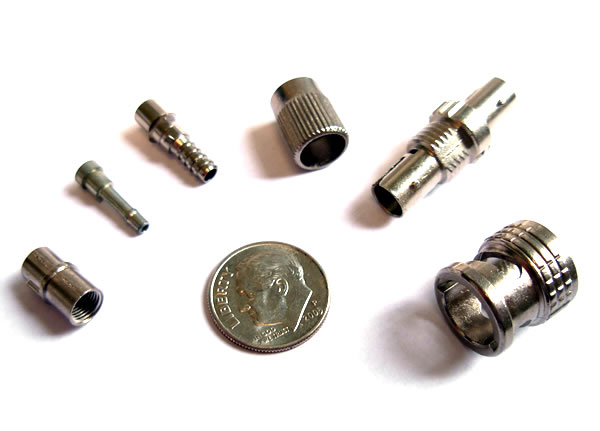
Custom hot chamber die casting part
Its ability to deliver parts with tight tolerances and excellent surface finishing makes it ideal for industries requiring precision at a high volume. Moreover, the reduced waste and faster production cycles offer cost-effective solutions for manufacturing intricate parts. As a result, Hot chamber die casting is a preferred choice for sectors looking for reliability and efficiency in the production lines.
1. Automotive Industry
In the automotive sector, hot chamber die casting manufactures durable, lightweight components essential for vehicle performance and safety. Parts like gearboxes, engine parts, and various fittings benefit from the precision and strength of this casting method.
2. Consumer Electronics
The consumer electronics industry relies on hot chamber die casting for compact, intricate components for gadgets and devices. It creates parts with the precise dimensions and smooth finishes that modern electronics require, from smartphone frames to connectors and buttons. Moreover, the process’s ability to produce parts rapidly aligns with the industry’s fast-paced innovation and product launch cycles.
3. Medical Devices
Hot chamber die casting provides the precision, reliability, and sterility necessary for healthcare products. It can manufacture surgical instruments, equipment housings, and components for diagnostic devices. The method’s capacity to produce parts with high accuracy and smooth surfaces is essential for meeting the stringent standards of medical applications.
4. Home Appliances
The hot chamber casting is wise options to cast elements such as knobs, handles, and internal mechanisms for appliances like ovens, washing machines, and coffee makers. Furthermore, it can achieve high-quality finishes and complex shapes for home appliance components.
What are the Differences between Hot and Cold Chamber Die Casting?
Cold chamber die casting is another fundamental process used in manufacturing. It is suitable for metal and alloys with higher melting points, like aluminum and some magnesium alloys, requiring the molten metal to be ladled into the machine.
The following table illustrates the difference between hot and cold chamber die casting.
Table: Hot vs Cold Chamber Die Casting Process
|
Feature |
Hot Chamber Die Casting |
Cold Chamber Die Casting |
|
Alloy Compatibility |
Suitable for low melting point alloys (e.g., zinc and some magnesium alloys). |
It is suitable for high melting point alloys (e.g., aluminum alloys). |
|
Machine Structure |
Contains a gooseneck and nozzle; molten metal is contained within the machine. |
Molten metal is ladled into the machine; it lacks a gooseneck, using a pouring hole instead. |
|
Injection Pressure |
Lower pressures ranging from 1,000 to 5,000 psi. |
Higher pressures range from 2,000 to 20,000 psi. |
|
Cycle Time |
Faster due to the internal furnace and proximity of molten metal. |
Slower, manual ladle into the chamber of molten metal |
|
Component Wear |
Lower melting point metals cause less wear to machine components. |
High melting point metals can lead to quicker wear and tear on machine parts. |
Related: High-Pressure Die Casting: An Overview
Is Aluminum Compatible with Hot Chamber Die Casting?
Aluminum is typically not compatible with the hot chamber die casting process. It is primarily due to its high melting point, which can damage the machine’s components, such as the gooseneck and nozzle, integral to the hot chamber process. Next, the thermal stress imposed by aluminum’s melting temperature exceeds the design limitations of hot chamber machines.
Instead, aluminum is more commonly cast using the cold chamber die casting process. This method avoids the direct exposure of machine components to the molten metal. Therefore, it mitigates the risk of damage due to high temperatures. It’s a process specifically designed to handle metals like aluminum that require higher melting temperatures. Consequently, aluminum die-casting manufacturers prefer cold chamber die-casting for aluminum parts. This process allows for the efficient production of aluminum components without compromising the durability of the casting machinery.
Try Prolean Now!
Prolean Die Casting Services for Metal Parts
Prolean focuses on hot chamber die casting processes, utilizing advanced technology and machinery catering to different metal alloys. This versatility allows us to cast parts with exceptional accuracy and superior surface finishes. As a result, we can meet the stringent quality standards of the automotive, aerospace, and consumer electronics industries, among others.
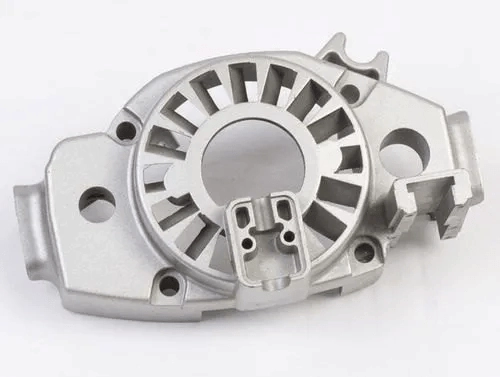
Hot chamber die casting prototype
Our emphasis is on efficiency and customization. Experienced engineers work closely with clients to understand their specific needs. So, we can offer tailored solutions that optimize performance and cost-effectiveness.
Moreover, innovation is another strength of Prolean’s die-casting services. We stay at the forefront of industry advancements, continuously investing in research and development. This commitment to innovation enhances the quality & durability of the cast part and allows for greater design flexibility and faster turnaround times. Request a quote to start our die casting project today!
Read more:
- Low-pressure Die Casting: A Simple Guide
- Revolutionizing Die Casting with Xiaomi’s Super Large Die Casting Technology
- Top 8 Die Casting Companies For High-Quality Manufacturing
Summing Up
Hot Chamber Die Casting offers a compelling blend of quality, efficiency, and versatility, making it a preferred choice for several applications. It can die cast parts with superior surface finishes and dimensional accuracy, coupled with cost-effectiveness. So, all these reasons position HCDC as a key method in metal parts manufacturing.
However, careful control of molten liquid transformation, temperature control, and accurate handling are essential to achieve the desired metal components or products.
FAQs
What materials can be used in Hot Chamber Die Casting?
Hot chamber die casting is best suited for metals with low melting points, such as zinc, magnesium, and some low-melting-point aluminum alloys. These materials are ideal due to their compatibility with the hot chamber machine’s quick cycling and lower temperature requirements.
What industries benefit the most from HCDC?
Industries that benefit the most from hot chamber die casting include automotive, electronics, consumer goods, and medical devices.
What are the benefits of hot chamber casting?
Hot chamber casting offers fast cycle times, high production efficiency, and excellent part consistency. It minimizes porosity and creates parts with intricate details and thin walls.
What is the difference between hot and cold chamber die casting?
The primary difference lies in the handling of the molten metal. Hot chamber die casting heats metal within the casting machine. In contrast, cold chamber die casting requires molten metal to be ladled into the machine.
Resources
- Sandstead, H. H. (2015). Zinc. In Handbook on the Toxicology of Metals (Fourth Edition) (Vol. II, pp. 1369-1385). https://doi.org/10.1016/B978-0-444-59453-2.00061-5
- Goodwin, F. E. (2008). Hot Chamber Die Casting. In ASM Metals Handbook, 10th Edition (Vol. 15, pp. 719-723). ASM International. https://doi.org/10.31399/asm.hb.v15.a0005267

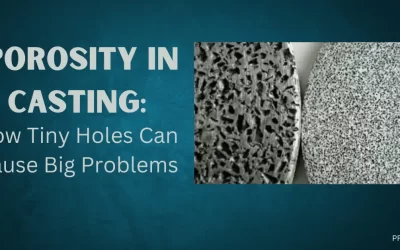
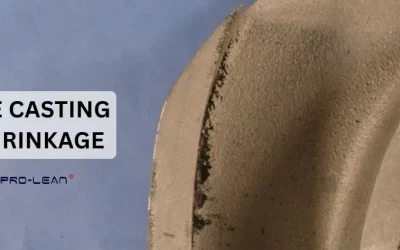
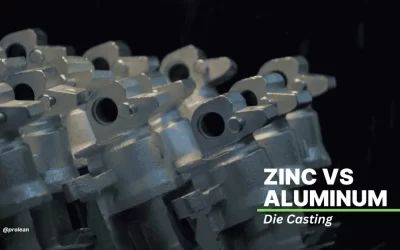
0 Comments